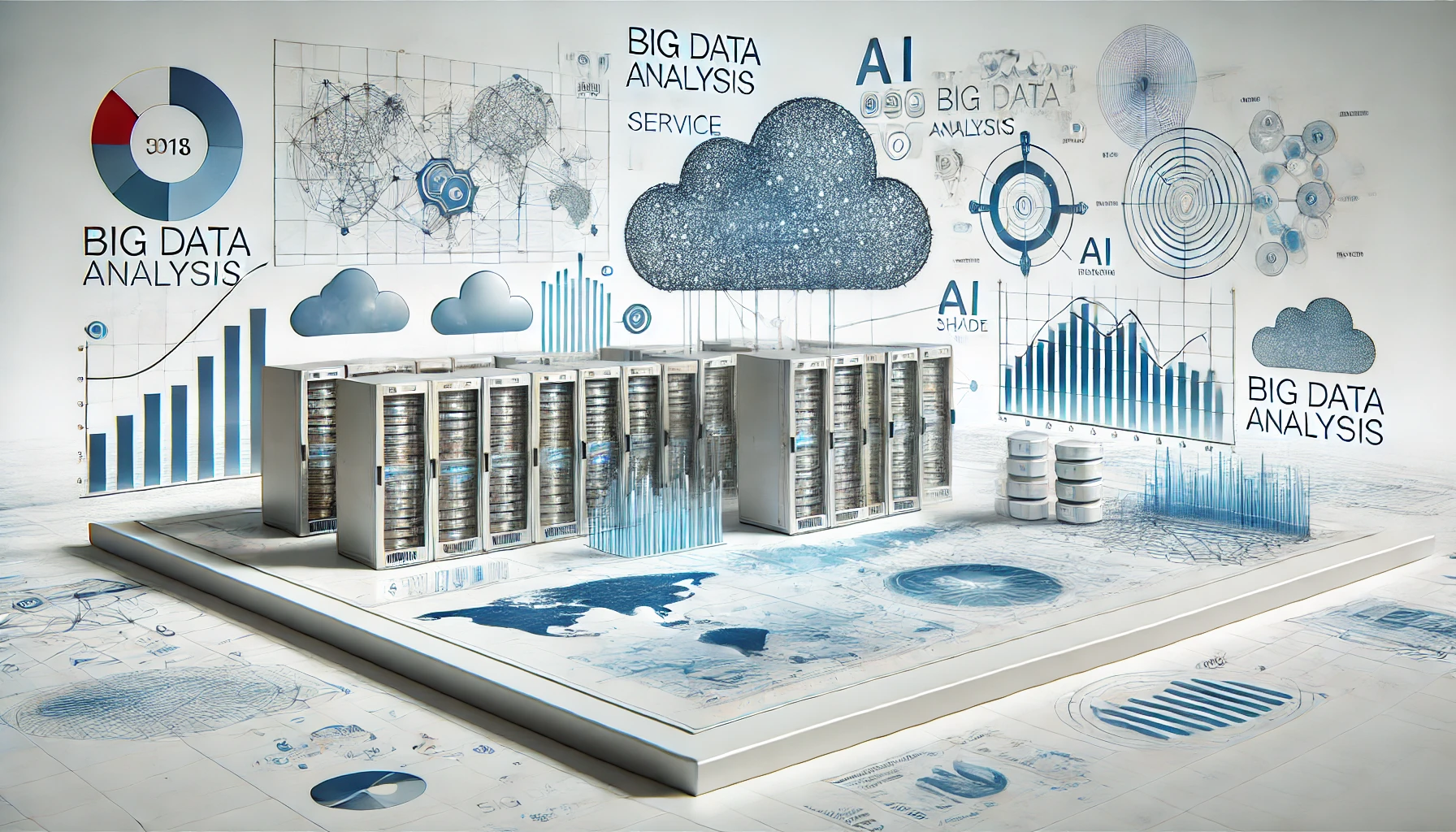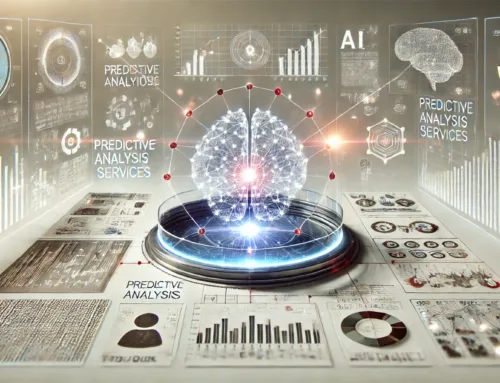You’re familiar with the term ‘big data,’ but do you truly understand the key big data analysis services that underpin its analysis? From uncovering hidden patterns to predicting future trends, these services hold the power to transform raw data into actionable insights. Whether you’re aiming to enhance customer experiences or optimize business operations, a deeper insight into these six services could be the missing piece in your data puzzle.
Data Mining
Ever wondered how businesses uncover valuable insights from vast amounts of data? Data mining is the key to unlocking valuable information for market research and fraud detection. Through sophisticated algorithms and statistical analysis, data mining allows businesses to sift through large datasets to identify patterns, trends, and relationships that may not be immediately obvious.
In market research, data mining plays a crucial role in understanding consumer behavior, preferences, and market trends. By analyzing customer purchase history, website interactions, and social media activity, businesses can tailor their products and marketing strategies to better meet the needs of their target audience.
Additionally, data mining is instrumental in fraud detection by identifying suspicious patterns or anomalies in financial transactions, insurance claims, and online activities. By detecting irregularities early on, businesses can prevent fraudulent activities and protect their assets and customers.
Predictive Analytics
Utilizing advanced statistical techniques and machine learning algorithms, predictive analytics enables businesses to forecast future outcomes based on historical data. This powerful tool aids in trend forecasting, risk assessment, customer segmentation, and demand prediction. Here are three key aspects of predictive analytics:
- Trend Forecasting: By analyzing historical data patterns, predictive analytics can help businesses identify trends and predict future market directions. This insight allows organizations to adapt their strategies proactively.
- Risk Assessment: Predictive analytics assesses risks by analyzing past behaviors and trends, helping businesses anticipate potential risks and take preventive measures to mitigate them effectively.
- Customer Segmentation and Demand Prediction: By analyzing customer behavior and preferences, predictive analytics can segment customers into groups with similar characteristics. This segmentation allows businesses to tailor marketing strategies and predict customer demand accurately, leading to improved customer satisfaction and increased sales.
Predictive analytics offers businesses a competitive edge by providing valuable insights into future outcomes and enabling informed decision-making.
User Behavior Analytics
Analyzing user behavior is crucial for businesses aiming to understand their customers’ interactions with digital platforms. User Behavior Analytics involves collecting and analyzing data to gain insights into how users navigate websites or applications. This information is invaluable for market research, helping businesses tailor their products and services to meet customer needs effectively.
Moreover, User Behavior Analytics plays a vital role in fraud detection by identifying unusual patterns or activities that may indicate fraudulent behavior. By monitoring user actions, businesses can detect anomalies and take proactive measures to prevent potential fraud. This proactive approach can save companies significant financial losses and safeguard their reputation.
Data Processing
To effectively leverage the insights gained from User Behavior Analytics, businesses must focus on the efficient processing of the vast amount of data collected. Data processing plays a crucial role in extracting valuable information from raw data. Here are key elements to consider in data processing:
- Real-Time Insights: Implementing real-time data processing enables businesses to make quick decisions based on the most current information available.
- Data Visualization: Utilizing data visualization tools helps in presenting complex data in a visual format, making it easier to interpret and derive insights.
- Anomaly Detection and Pattern Recognition: By employing advanced analytics techniques like anomaly detection and pattern recognition, businesses can identify irregularities and trends within their data that may lead to valuable insights.
Efficient data processing not only facilitates the extraction of actionable insights but also ensures that businesses can respond promptly to changing market dynamics. By embracing these data processing techniques, organizations can stay competitive in the fast-paced digital landscape.
Data Management
Effective data management is essential for organizations to maintain data integrity, accessibility, and security. Data governance plays a crucial role in establishing policies and procedures for data usage, ensuring compliance and minimizing risks. Additionally, maintaining high data quality is paramount to make informed decisions and derive accurate insights. Data integration involves combining data from different sources to provide a unified view, enabling organizations to have a comprehensive understanding of their data landscape. Data warehousing plays a key role in storing and managing vast amounts of structured data, facilitating efficient data analysis and reporting.
Implementing robust data management practices not only enhances operational efficiency but also enables organizations to unleash the full potential of their data assets. By ensuring data accuracy, consistency, and security, organizations can confidently leverage their data to drive strategic initiatives and gain a competitive edge in the market. Embracing data management best practices empowers organizations to navigate the complexities of big data and extract meaningful value from their data resources.
Machine Learning
Utilizing advanced algorithms and statistical models, machine learning enables systems to learn from data, identify patterns, and make decisions with minimal human intervention. Machine learning has revolutionized data analysis by empowering computers to automatically learn and improve from experience. Here are three key aspects of machine learning:
- Deep Learning Applications: Deep learning is a subset of machine learning that uses neural networks with multiple layers to model and extract high-level features from complex data. It is particularly effective in handling unstructured data like images, audio, and text.
- Image Recognition Algorithms: Machine learning algorithms for image recognition have significantly advanced in recent years. They can accurately classify and detect objects within images, enabling applications like facial recognition, autonomous vehicles, and medical imaging diagnostics.
- Predictive Analytics: Machine learning algorithms are widely used for predictive analytics, forecasting future trends, behaviors, and outcomes based on historical data. This allows businesses to make data-driven decisions and anticipate customer preferences.
Frequently Asked Questions
How Can Big Data Analysis Services Help Improve Cybersecurity Measures?
Big data analysis services can bolster cybersecurity measures by enhancing threat detection capabilities, enabling proactive monitoring for potential risks, and facilitating swift incident response. These measures contribute to robust risk mitigation strategies and overall system security.
What Are the Ethical Considerations Involved in Using Big Data Analysis Services?
Consider the ethical implications of utilizing big data services. Privacy concerns arise from data collection, while data security is crucial to prevent breaches. Strive for transparency, accountability, and consent in handling sensitive information to uphold ethical standards.
Can Big Data Analysis Services Be Used to Detect and Prevent Fraud?
Yes, big data analysis services can effectively detect and prevent fraud by analyzing patterns, anomalies, and trends in vast amounts of data. Utilizing advanced algorithms, these services enhance security measures and minimize financial risks.
How Do Big Data Analysis Services Handle Data Privacy and Compliance Regulations?
When handling data privacy and compliance regulations, big data analysis services prioritize data protection and regulatory compliance. They implement encryption, access controls, and anonymization techniques to safeguard sensitive information, ensuring adherence to legal requirements and industry standards.
Are There Any Limitations to the Scalability of Big Data Analysis Services?
When it comes to scalability of big data analysis services, performance optimization is crucial. Resource management plays a key role in handling limitations. Ensuring efficient allocation and utilization of resources can enhance scalability and overall system performance.




